|
|
Post by pjw4118 on Jul 19, 2015 15:26:28 GMT 12
It's coming up 60 years since the iconic Dambusters movie was premiered in Wellington (29 September 1955) Here are some shots of the event. 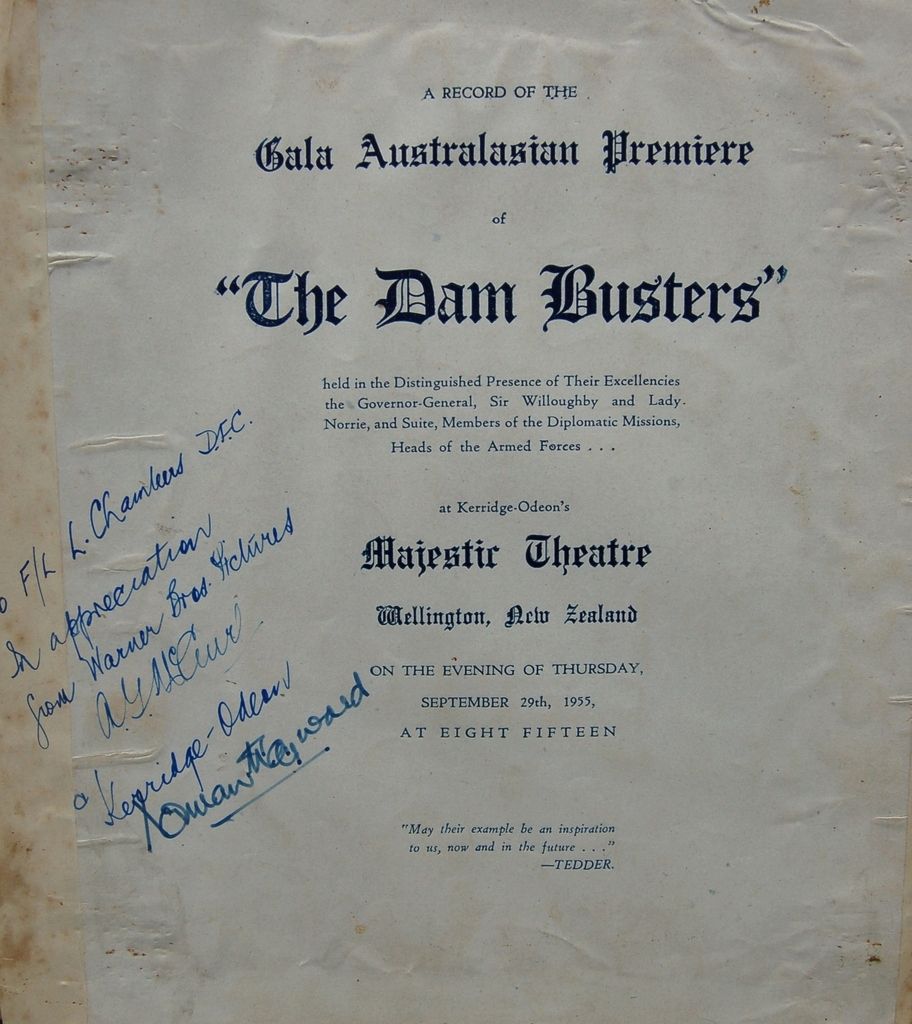 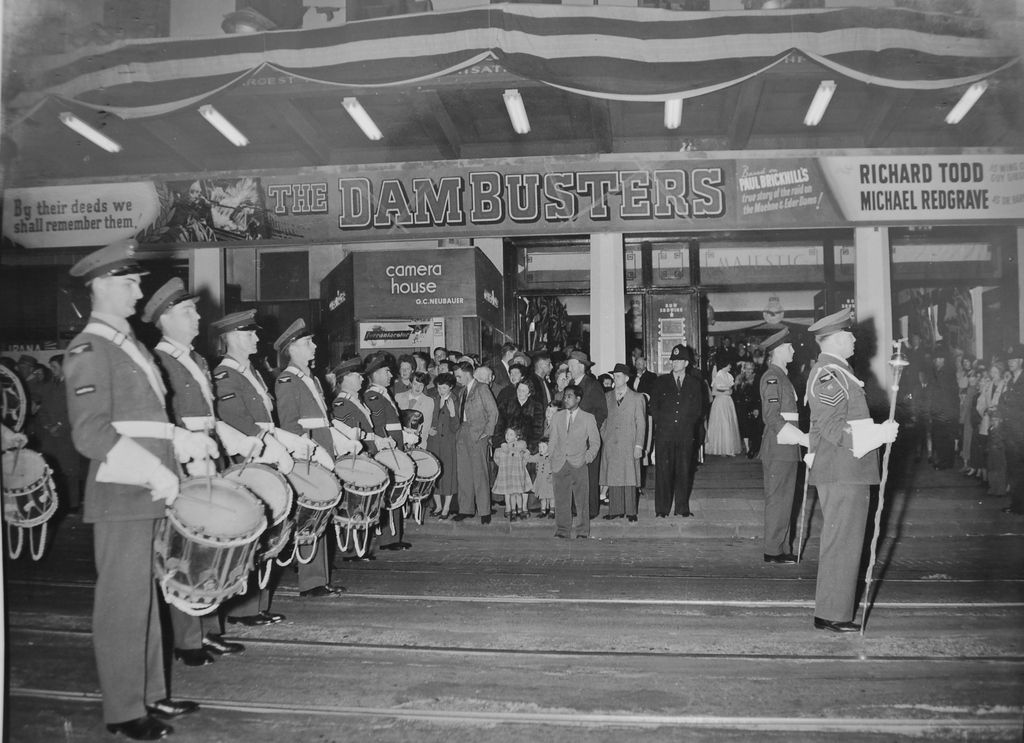  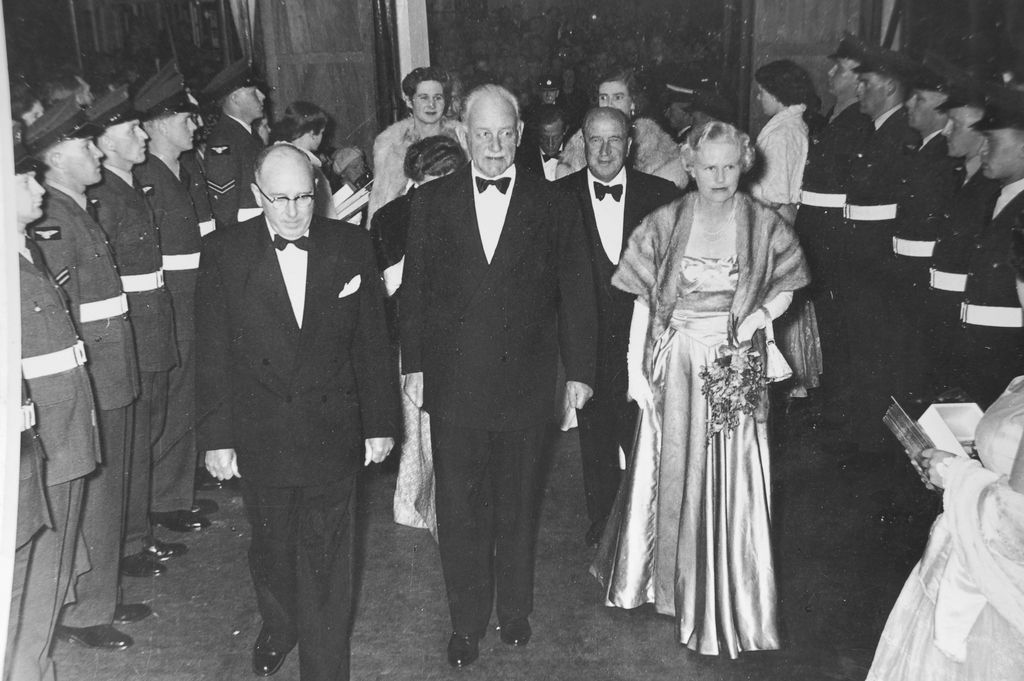 Len Chambers with the GG Norrie and Les Munro 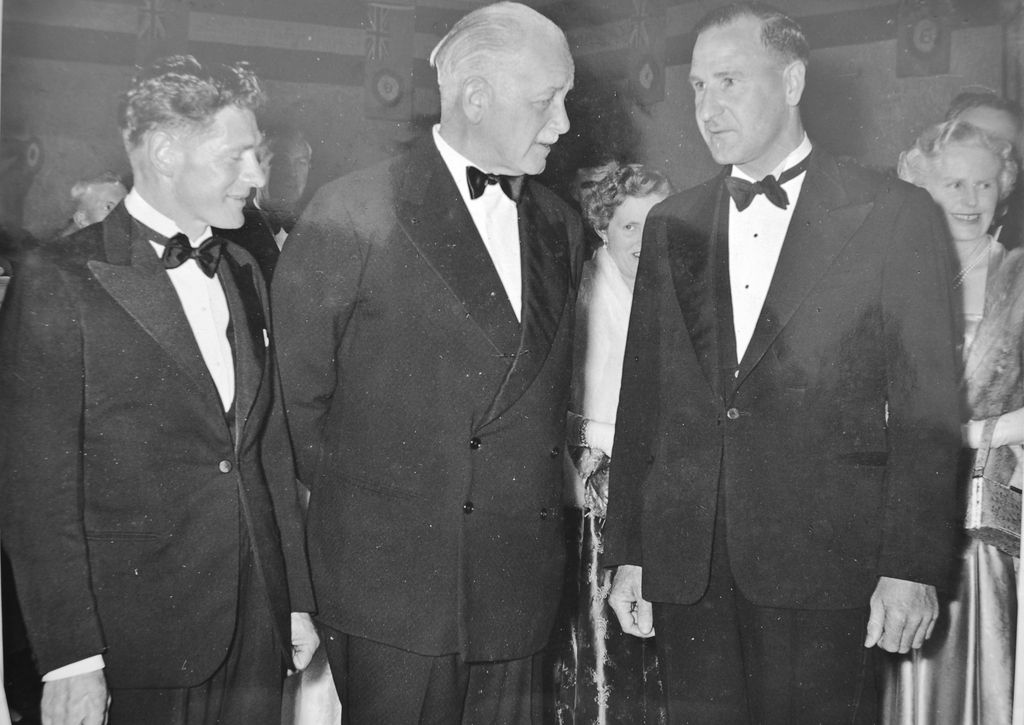 Len and Les with their wives ready for the film 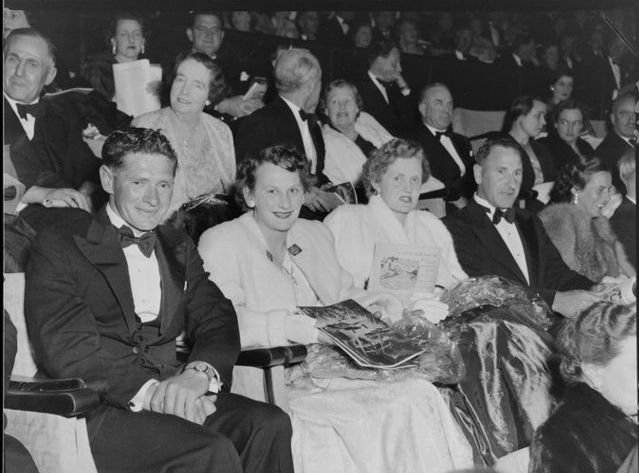 |
|
|
|
Post by Dave Homewood on Jul 19, 2015 17:54:10 GMT 12
Marvellous!
Len and Les both look a little ill-at-ease with all the attention.
|
|
|
|
Post by Deleted on Jul 20, 2015 11:28:22 GMT 12
What a wonderful set of photos, thanks for sharing Peter!!
|
|
|
|
Post by pjw4118 on Jul 20, 2015 11:53:53 GMT 12
As they were both back blocks farmers at the time its not suprising they were a little shy.
The interesting sequel to this story will be posted later in the week
|
|
|
|
Post by pjw4118 on Jul 22, 2015 11:17:49 GMT 12
Another NZBCA member has a close association with both the movie and 617 squadron. Dick Lambert qualified as a flight engineer and on his first posting (to 46 MU) flew ex Dambuster Lancaster ED 906 (Maltbys AJ-J) to Lossiemauth in Octoiber 1946 for scrapping 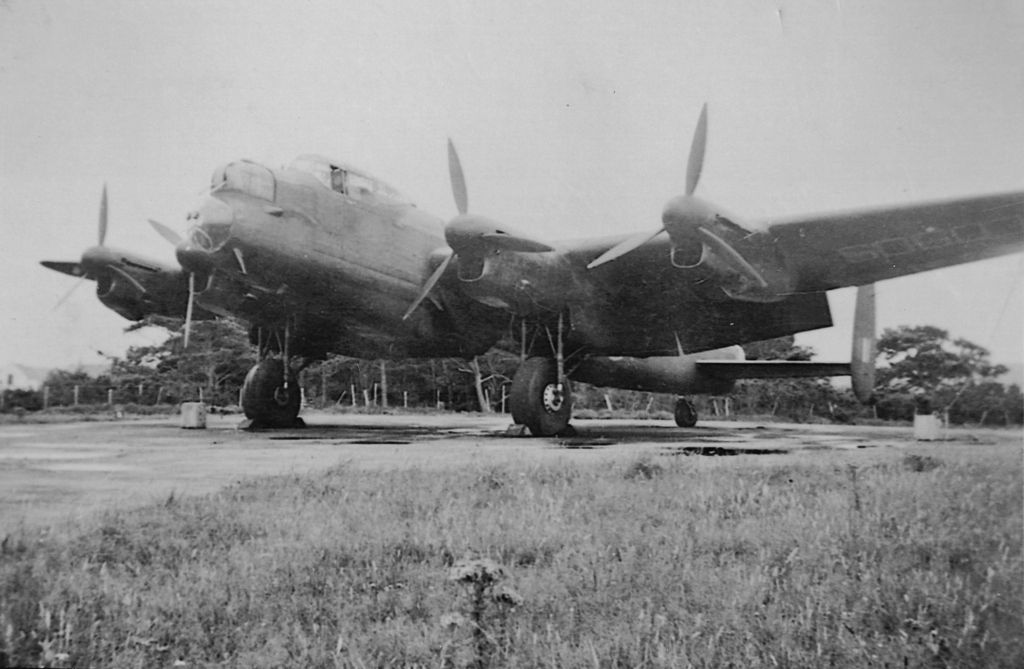 After remustering for Pilot training, Dick flew Lincolns with 617 Sqn and then 97 Sqn. When filming started for the Dambusters he was one of three pilots chosen to fly for the film. 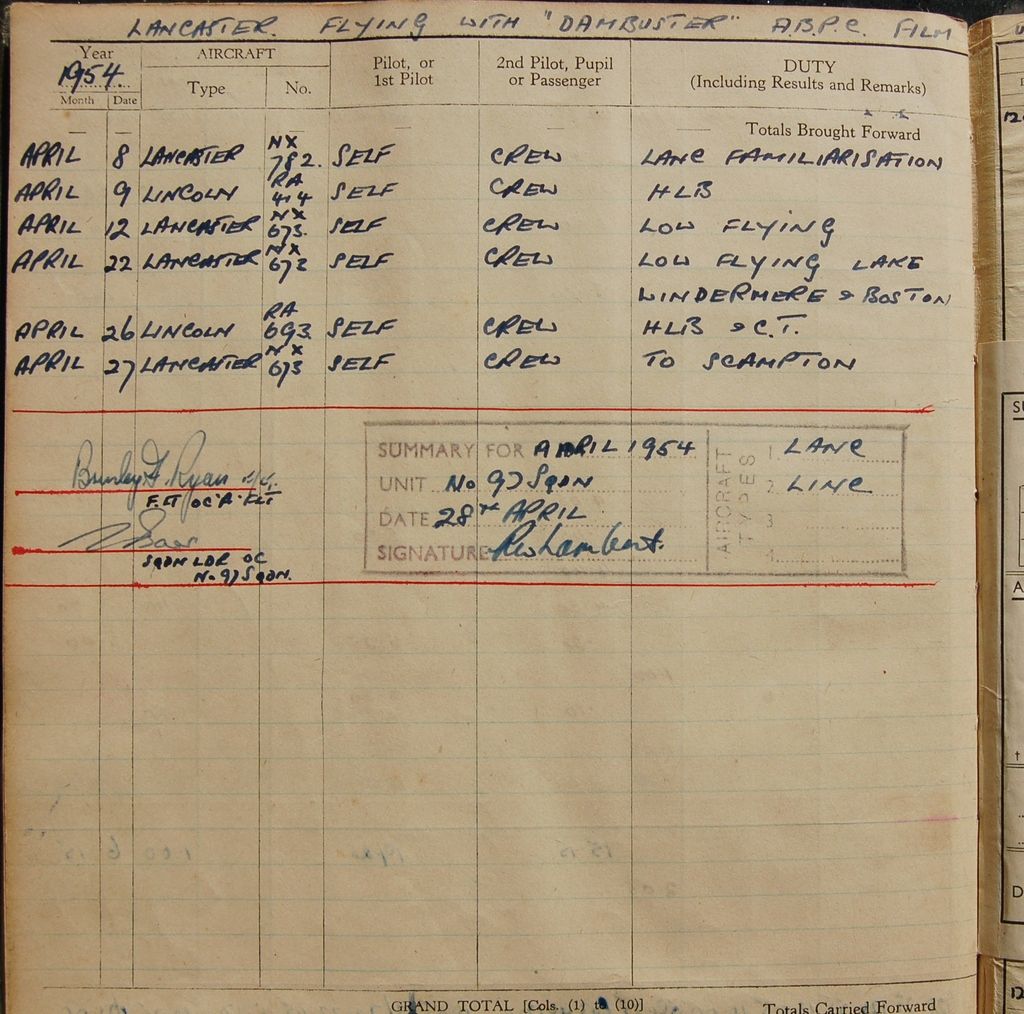 Here are a few on location shots with the crew and 'stars'  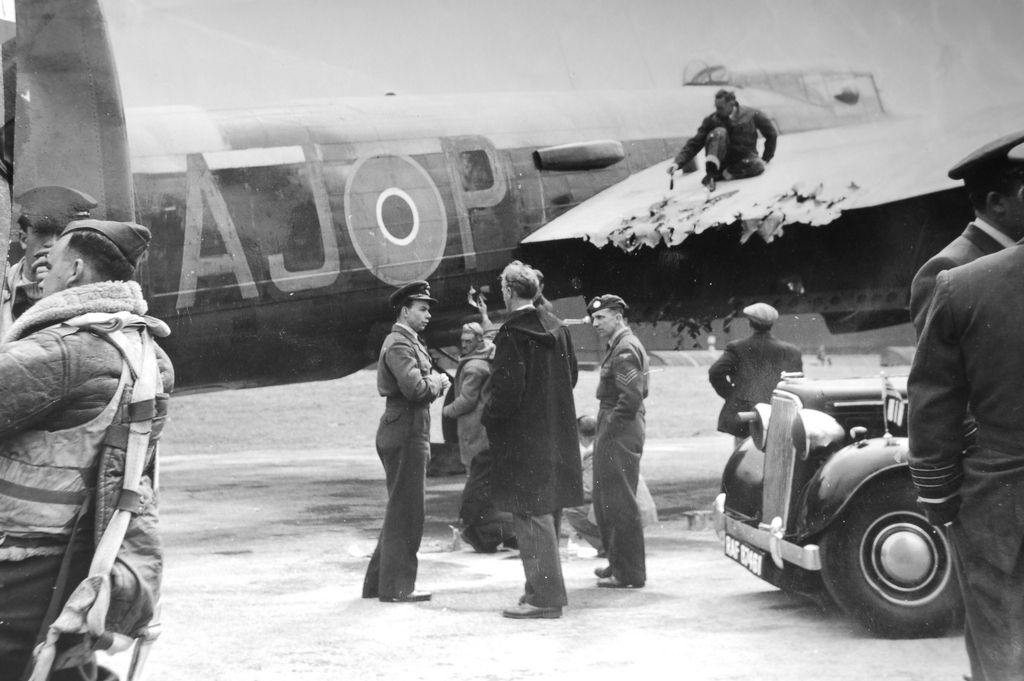  Dicks moment AJ-P (Mick Martins aircraft) 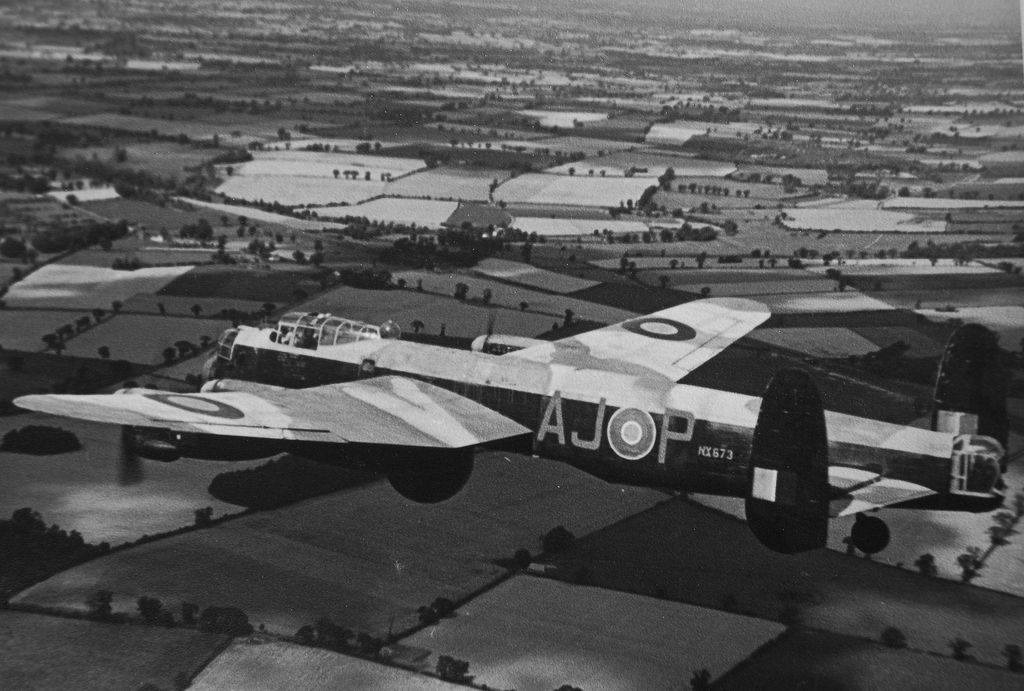 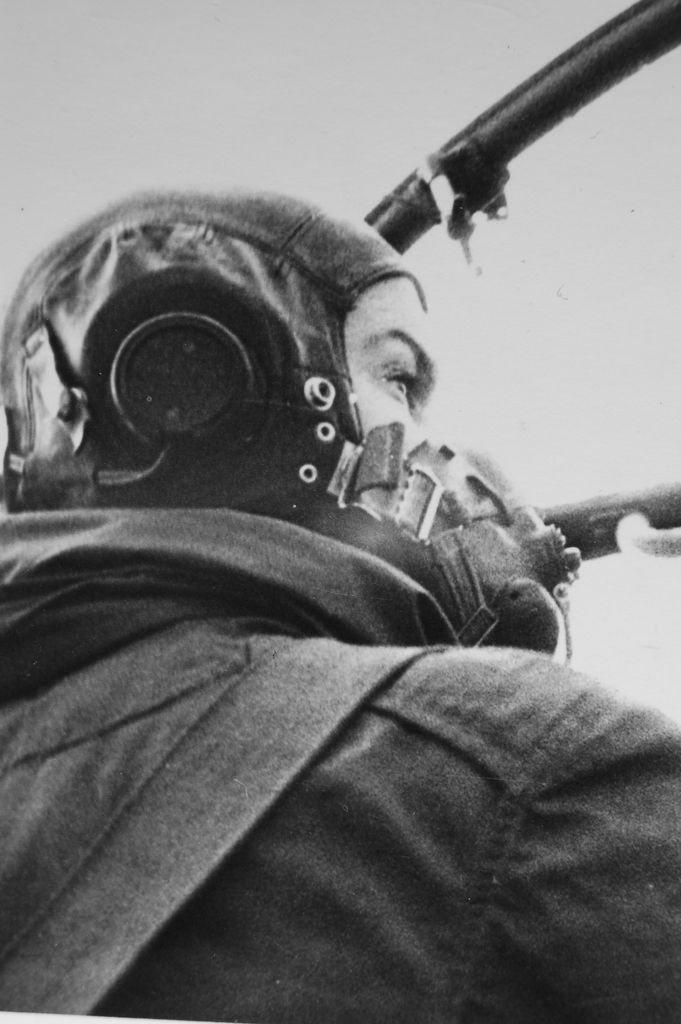 and getting very low over the Derwent Dam 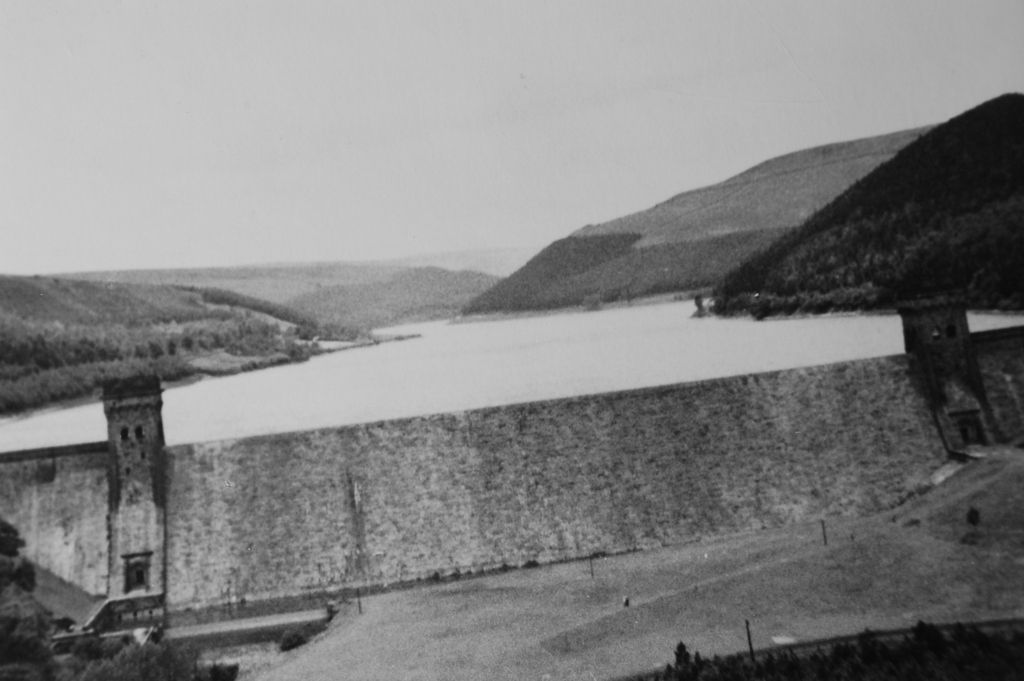 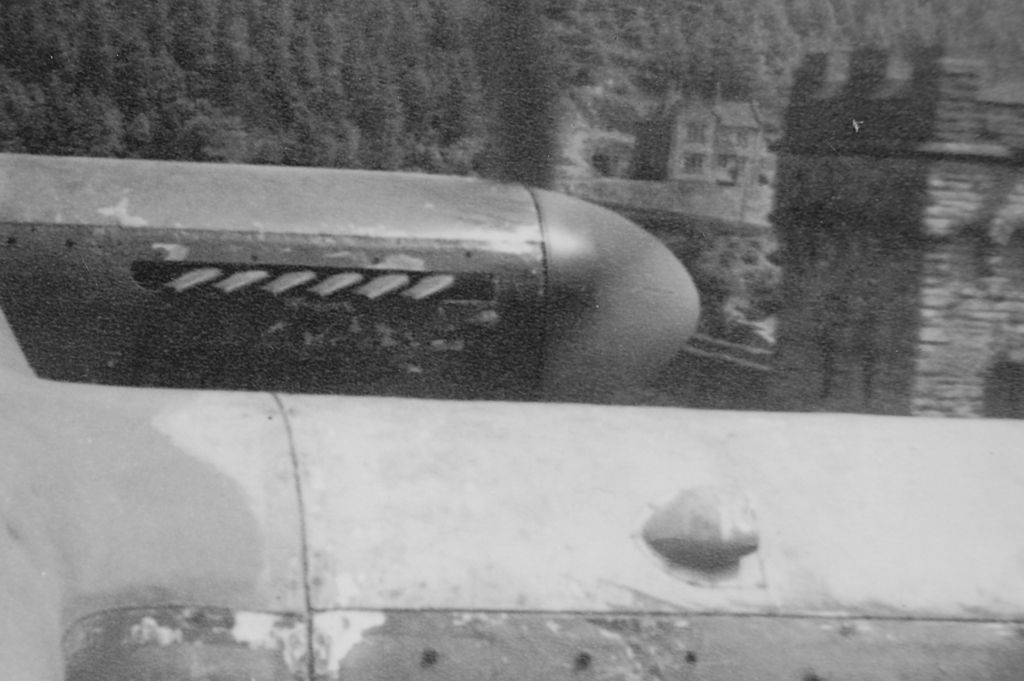 Dick today lives in Orewa and specialises in large flying models 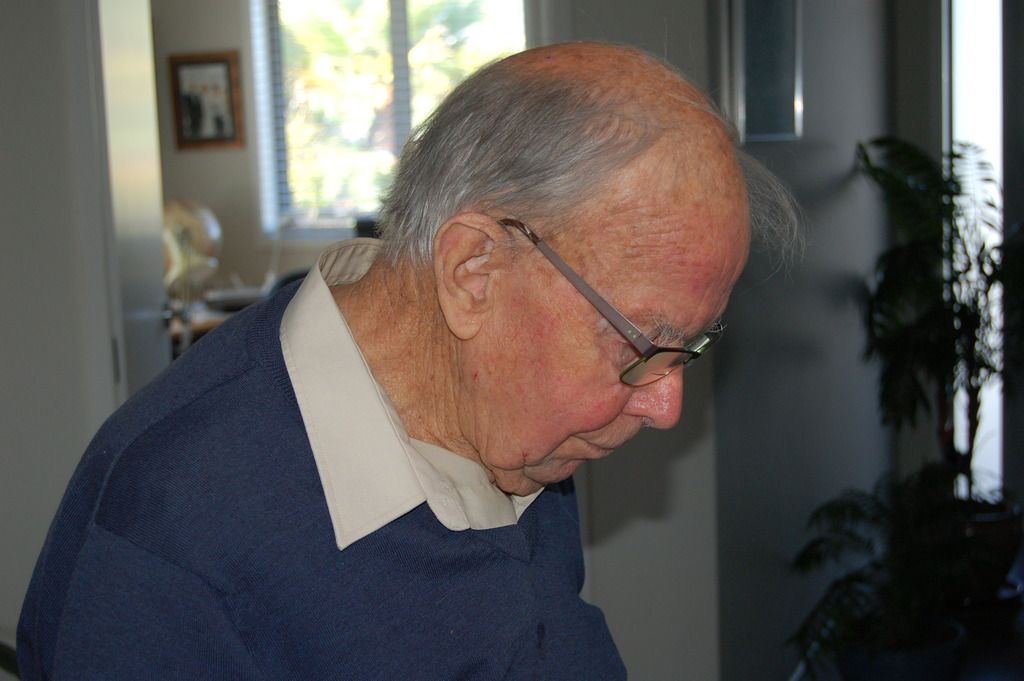 |
|
|
|
Post by Deleted on Jul 22, 2015 14:24:25 GMT 12
Oh my goodness, Peter this is brilliant! I had no idea. What a treasure trove!!!
|
|
|
|
Post by thelensofhistory on Jul 22, 2015 16:22:19 GMT 12
What a wonderful set of photos, thanks for sharing Peter!! I second this.  |
|
|
|
Post by pjw4118 on Jul 22, 2015 18:22:19 GMT 12
Part three to come , but just look at how low Dick got his Lancaster to the dam , certainly level with the turret , and at 260 mph. It certainly would need a steady hand .
|
|
|
|
Post by Dave Homewood on Jul 22, 2015 20:46:04 GMT 12
Yeah, it's very low all right! Man that's low!!
|
|
|
|
Post by oj on Jul 22, 2015 22:50:19 GMT 12
This is a great contribution to the forum and very uplifting to one's sense of history.
We must keep you on, pjw4118.
|
|
|
|
Post by baronbeeza on Jul 22, 2015 23:36:12 GMT 12
Yeah, it's very low all right! Man that's low!! It's certainly low but it is also daytime. The film crew had that luxury... |
|
|
|
Post by pjw4118 on Jul 23, 2015 17:29:56 GMT 12
Looking at dimensional drawings of the Derwent dam , the towers are around 65 feet high. On the NZBCA Lanc the distance from the cockpit rim to the bottom of the propeller arc, it is about 20 feet , so Dick had 45 feet under him as he cleared the dam face. I would be happy with that.
|
|
|
|
Post by pjw4118 on Jul 24, 2015 10:02:47 GMT 12
|
|
|
|
Post by Dave Homewood on Jul 24, 2015 13:20:53 GMT 12
Simply fantastic!!!
|
|
|
|
Post by alanw on Jul 26, 2015 14:00:34 GMT 12
I agree, its really great to be able to view such history. I really like the last drawing Caricatures of the two Lancasters - really well done. Slightly off topic but a mention anyway, Sir Willoughby-Norrie GG in the above photos and programme, I found out from my Aunt (Dad's Sister) that through my Paternal Grandfather, I'm related to him. Neat to see two pieces of New Zealand history on here. Thanks for sharing them with us Peter  Regards Alan |
|
|
|
Post by davidd on Jul 27, 2015 9:50:16 GMT 12
Some really great stuff on this thread. Could not help but notice that at least two of the Lancasters shown on Peter Wheeler's post of 22nd July show clearly the difference between the two types of propellers fitted to Lancs, the earlier "toothpicks" and the later "paddle blades". When 75 (NZ) Sqdn was re-equipped with Lancs, the "paddle blades" seemed to have superseded the earlier type on the production line, but the photo of ED 906 (first photo on this thread, and presume photographed when delivered to the MU for disposal in 1946 as per the caption), shows the toothpicks still fitted, which would seem to indicate that those aircraft with the earlier props were not necessarily retro-fitted with the paddle blades as a matter of course. All the dam raid aircraft were "toothpickers", something seemingly missed by certain manufacturers of model aircraft kit who decided to celebrate the aircraft involved in this famous action.
David D
|
|
|
|
Post by Dave Homewood on Jul 27, 2015 11:51:40 GMT 12
What was the reason for changing between the toothpick and the paddle blades? Were they fitted to different Merlin engine models? Or was it just a way to make the same engine more efficient?
|
|
|
|
Post by nuuumannn on Jul 30, 2015 13:22:20 GMT 12
Absolutely fantastic posts and images, Peter; very evocative.
Broader chord blades equals more thrust for a given power output. The blades were interchangeable; they had the same butt and could easily be swapped between hubs. Lancasters (and Mossies, Beaufighters and so on) had De Havilland Hydromatic propellers, licence built Hamilton Standard props as standard on most American large aircraft of WW2, but British ones had different splines on the prop shaft, otherwise they were the same, with variations in detail between some aircraft.
|
|
|
|
Post by Dave Homewood on Jul 30, 2015 16:34:29 GMT 12
Thanks for that Grant.
|
|
|
|
Post by nuuumannn on Jul 30, 2015 19:19:48 GMT 12
No probs, Dave  |
|